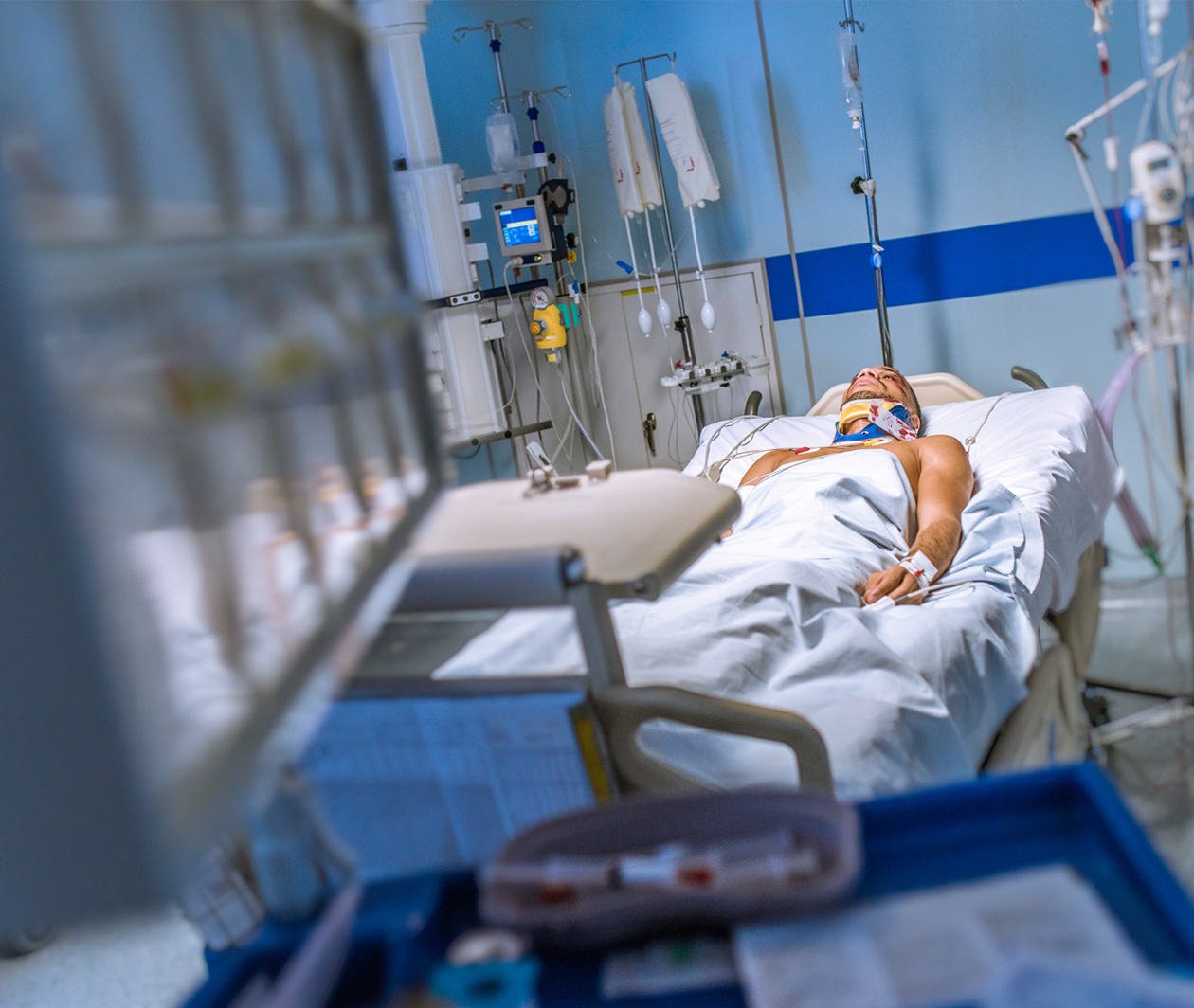Skip to 0 minutes and 10 seconds MICHELLE CLARKSON: Dealing With critically ill patients is understandably a daunting task. They are often some of the sickest patients in the hospital and experience of dealing with such cases during undergraduate education can be limited. The critical care unit is where patients come when they’ve reached the limit of treatment that can be provided on a ward. Extraordinary treatments such as invasive ventilation and [INAUDIBLE] to support respiratory and cardiovascular failure are commonly used. And patients here in the UK are nursed on a one to one basis. So being as well-prepared as possible to work in this environment is essential. Hello. I’m Michelle, a clinical teaching fellow in critical care at the Queen Elizabeth University Hospital in Glasgow.
Skip to 0 minutes and 51 seconds We’ve developed a unique course to explain what we mean by critical illness and critical care. Through videos, polls, and quizzes, you’ll look at case studies from our own unit and learn from them. You’ll follow patients with conditions that would commonly present to the critical care unit and hopefully develop confidence in working critical care units such as high dependency and intensive care. This course will set you apart from your colleagues, providing you with extra knowledge of managing critically ill patients. The time spent completing this course can also be used as evidence for continued professional development. So join us now on this introductory journey to critical care.

